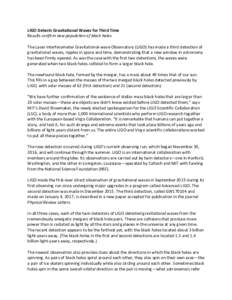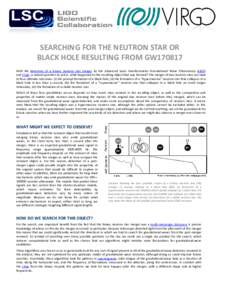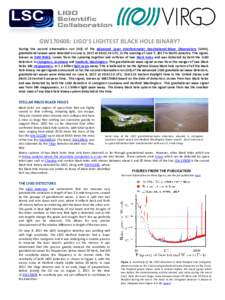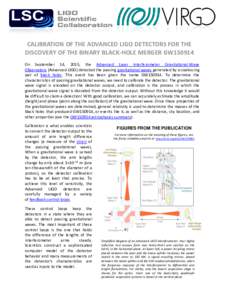<--- Back to Details
| First Page | Document Content | |
|---|---|---|
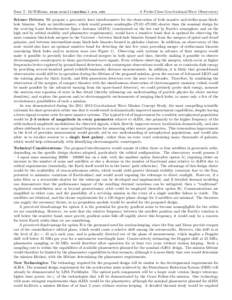 Date: 2016-03-11 10:12:27Astronomy Space observatories General relativity Gravitational-wave astronomy Outer space Gravitation Observational astronomy Evolved Laser Interferometer Space Antenna LISA Pathfinder Gravitational wave Gravitational-wave observatory LIGO |
Add to Reading List |
 Sean T. McWilliams, A Probe-Class Gravitational-Wave Observatory Science Drivers: We propose a geocentric laser interferometer for the observation of both massive and stellar-mass blackhole
Sean T. McWilliams, A Probe-Class Gravitational-Wave Observatory Science Drivers: We propose a geocentric laser interferometer for the observation of both massive and stellar-mass blackhole 